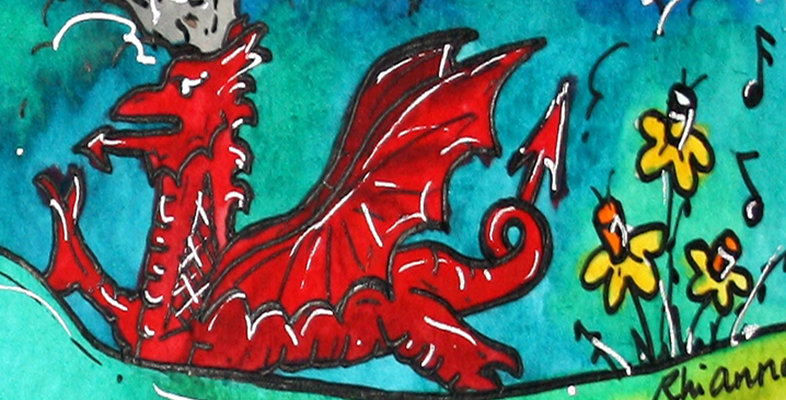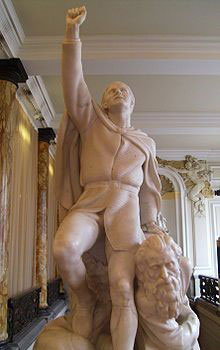1.5 The Principality of Wales
Of course, as a figure of national importance, Owain Glyndŵr did not appear out of nowhere. His campaign drew on memories of earlier events, including previous attempts to establish Wales as a distinct political realm, and to legitimise the authority of a Prince of Wales. The previous efforts relied on relationships of loyalty and trust, but were also hindered considerably by competing claims and rivalries within Wales. However, Owain Glyndŵr’s successes were achieved with the support of almost all sections of society in Wales, including some support from disaffected English people. At the time of Glyndŵr’s rebellion, Wales had been ruled more or less effectively for a hundred years by the King of England, the English Prince of Wales and the Marcher Lords, ever since King Edward I gained control after long years of struggle against the Princes of Gwynedd and their allies. This was when Wales first took shape as a meaningful reality, with aspirations to be fully recognised as a nation.
However, this was not quite the end of Welsh royal pretensions. Between 1485 and 1603 both England and Wales were ruled by the Tudors, descended from an Anglesey family, members of which had been prominent in the service of the Kings of Gwynedd and who later rallied to Owain Glyndŵr’s call to arms. Henry VII (Harri Tudur), born and raised in south Wales, seized the English throne after his victory at the Battle of Bosworth Field. In 1542 Wales was formally united with England. Despite their Welsh antecedents, the Tudors do not generally feature among the roll-call of Welsh heroes, nor were Henry Tudor’s successors prone to advertise their Welshness.
As we noted at the beginning of this course, the figures whom a people choose to honour or celebrate tell us a great deal about their memories, values and imaginations. Llywelyn ap Gruffydd and Owain Glyndŵr are typical of one sort of national hero – warriors, noblemen and, in the case of Glyndŵr, romantically martyred by defeat.
Now, we move on to the language part of this course where you will learn how to pronounce the basic sounds of Welsh and how to greet people.

